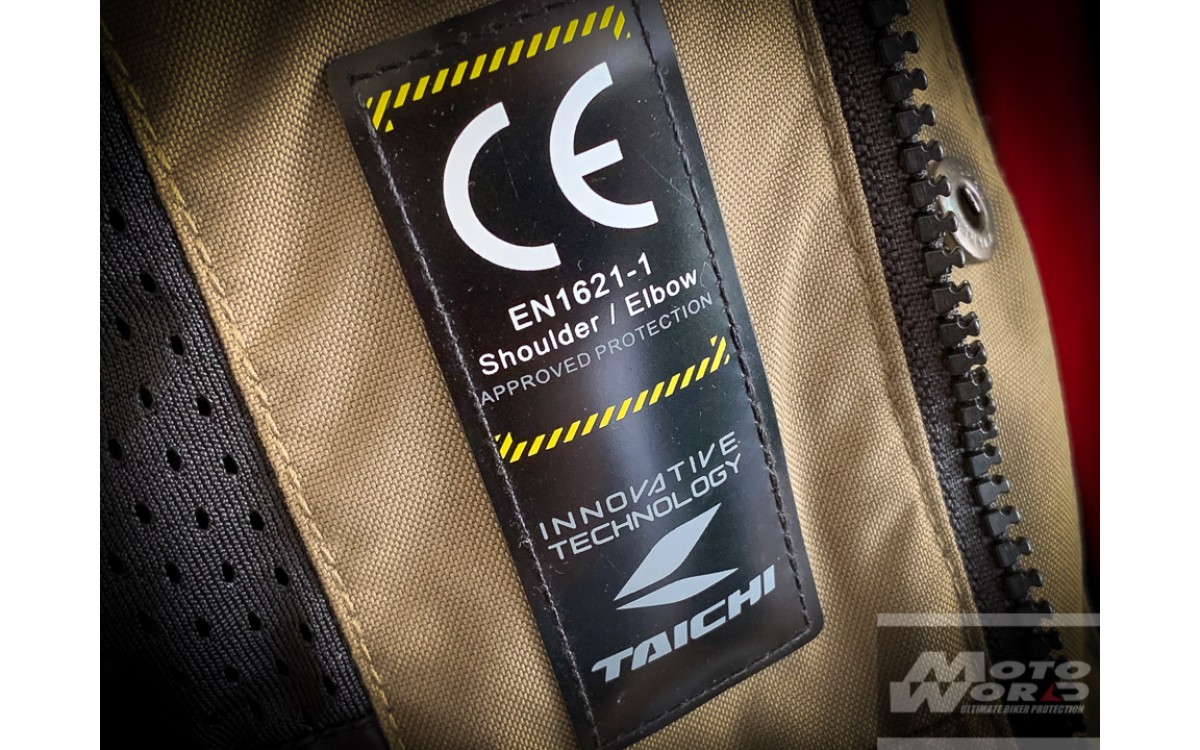What does CE-RatedProtection Mean (Part 1)?
We usually see the CE rating for armor and protection symbols in the riding gear that we buy. But what standard do they actually comply to? And if there are different standards, how protective is one over the other?
Don’t worry, we’re here to help out. We are the official distributors for RS TAICHI and KOMINE riding gear, after all.
Let’s get started.
CE/EN Standards
“CE” stand for “ConformitéEuropéene” which means “European Conformity” in French. You may also see the letters “EN” in place of CE, but don’t panic because it’s pretty much the same as they mean “European Norm.” However, the CE mark has surpassed the EN mark has been phased out since 1993.
Certain countries, by statute, require riders to wear CE-rated protection. There are also countries where riders’ must prove that they were wearing CE-rated gear when submitting their insurance claims following accidents.
CETested/CECertified/CEApproved
Ah hah, just having the CE-rating isn’t enough because there are different meanings to them. For example, you may find one jacket with “CECertified” protection but another with “CE-Approved” protection. It’s not just a matter of syntax, because they did not go through the same rating processes.
|
CE Tested The manufacturer tested the entire or a piece of the gear in their own facility that may meet certain standards. The said gear may not have been tested in a certified testing facility that meets the official CE standards. |
|
CE Certified A “CE Certified” gear means it was tested in a testing facility certified by the CE regulatory body. |
|
CE Approved Parts or the whole garment were tested in a CE-certified facility or facilities and have been approved in meeting or surpassing required standards. |
So, you see, the terminologies used do carry different meanings. However, it doesn’t imply that “CE Approved” is superior in terms of protection to “CE Tested.” Instead, these show where the particular gear or armor attained its rating from.
That’s it for this instalment. We’ll cover more about the code numbers, level of protection and so forth in the next one.

